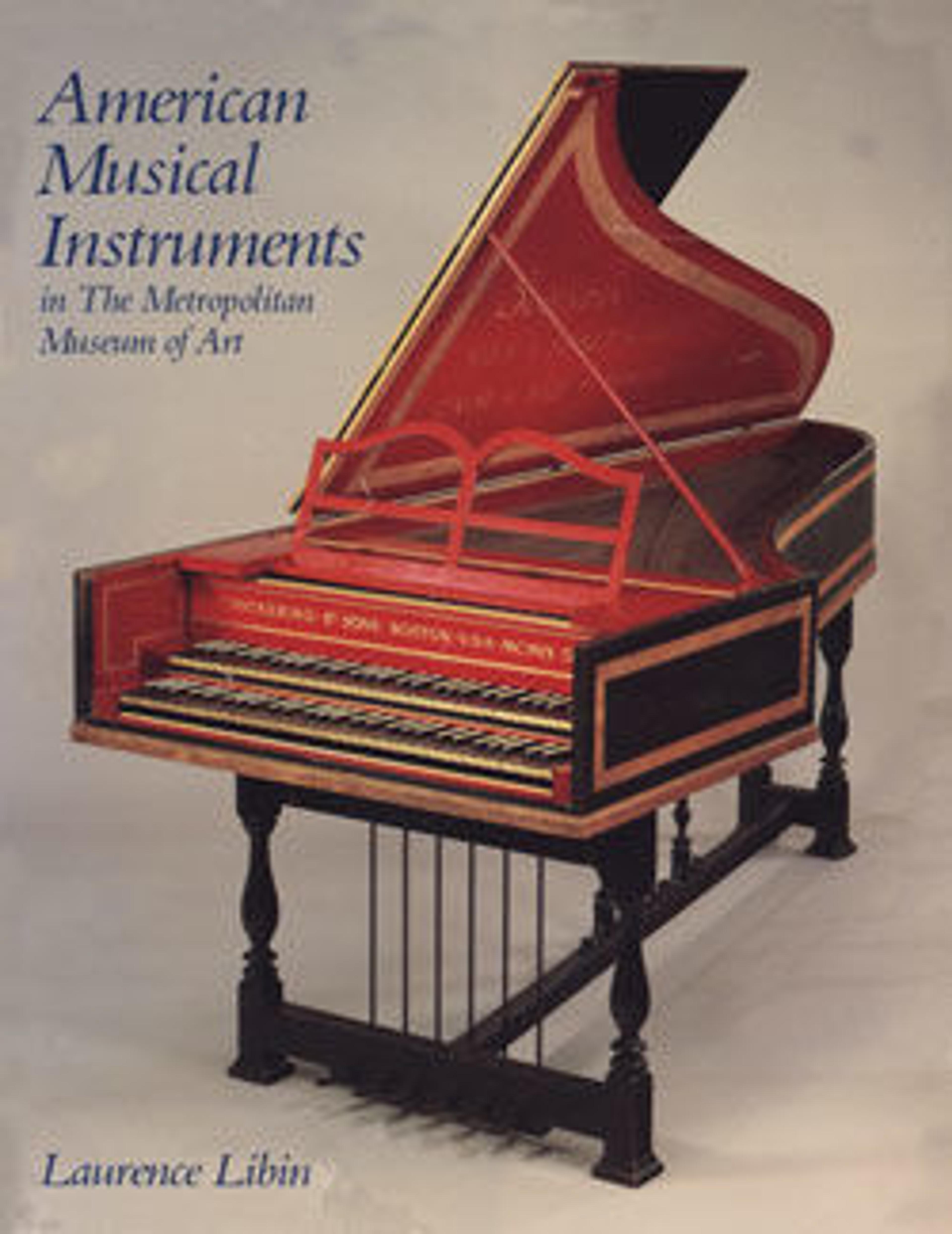Rocking Melodeon
The "rocking" melodeon or organ received this moniker because it had to be pumped up and down (the keyboard therefore rocking) in order to pump the bellows to sound the reeds.
Technical description: Rectangular case of rosewood veneer above a diagonally-divided double bellows; removable top panel with paper label on front portion, keyboard along rear edge; compass G-g2, ivory naturals, ebony accidentals; brass free reeds beneath front portion of removable face panel, each reed with an incised roman numeral (I through VIII, repeated); reeds blown rather than sounded by suction; U-shaped reed holders set with ends pointing up; lower bellows leather separated from wooden frame, revealing the inside of the leather lined with newspaper dated June 5, 1843
Technical description: Rectangular case of rosewood veneer above a diagonally-divided double bellows; removable top panel with paper label on front portion, keyboard along rear edge; compass G-g2, ivory naturals, ebony accidentals; brass free reeds beneath front portion of removable face panel, each reed with an incised roman numeral (I through VIII, repeated); reeds blown rather than sounded by suction; U-shaped reed holders set with ends pointing up; lower bellows leather separated from wooden frame, revealing the inside of the leather lined with newspaper dated June 5, 1843
Artwork Details
- Title:Rocking Melodeon
- Maker:Caleb Packard (American, Brockton, Massachusetts 1818–1906 Brockton)
- Date:ca. 1843
- Geography:Bridgewater, Massachusetts, United States
- Culture:American
- Medium:Wood, various materials
- Dimensions:Length 52.5 cm, Width 24.7 cm, Depth 13.0 cm, 3-octave span (G to g2) 46.5 cm
- Classification:Aerophone-Free Reed-harmonium
- Credit Line:The Crosby Brown Collection of Musical Instruments, 1889
- Object Number:89.4.1522
- Curatorial Department: Musical Instruments
More Artwork
Research Resources
The Met provides unparalleled resources for research and welcomes an international community of students and scholars. The Met's Open Access API is where creators and researchers can connect to the The Met collection. Open Access data and public domain images are available for unrestricted commercial and noncommercial use without permission or fee.
To request images under copyright and other restrictions, please use this Image Request form.
Feedback
We continue to research and examine historical and cultural context for objects in The Met collection. If you have comments or questions about this object record, please contact us using the form below. The Museum looks forward to receiving your comments.
